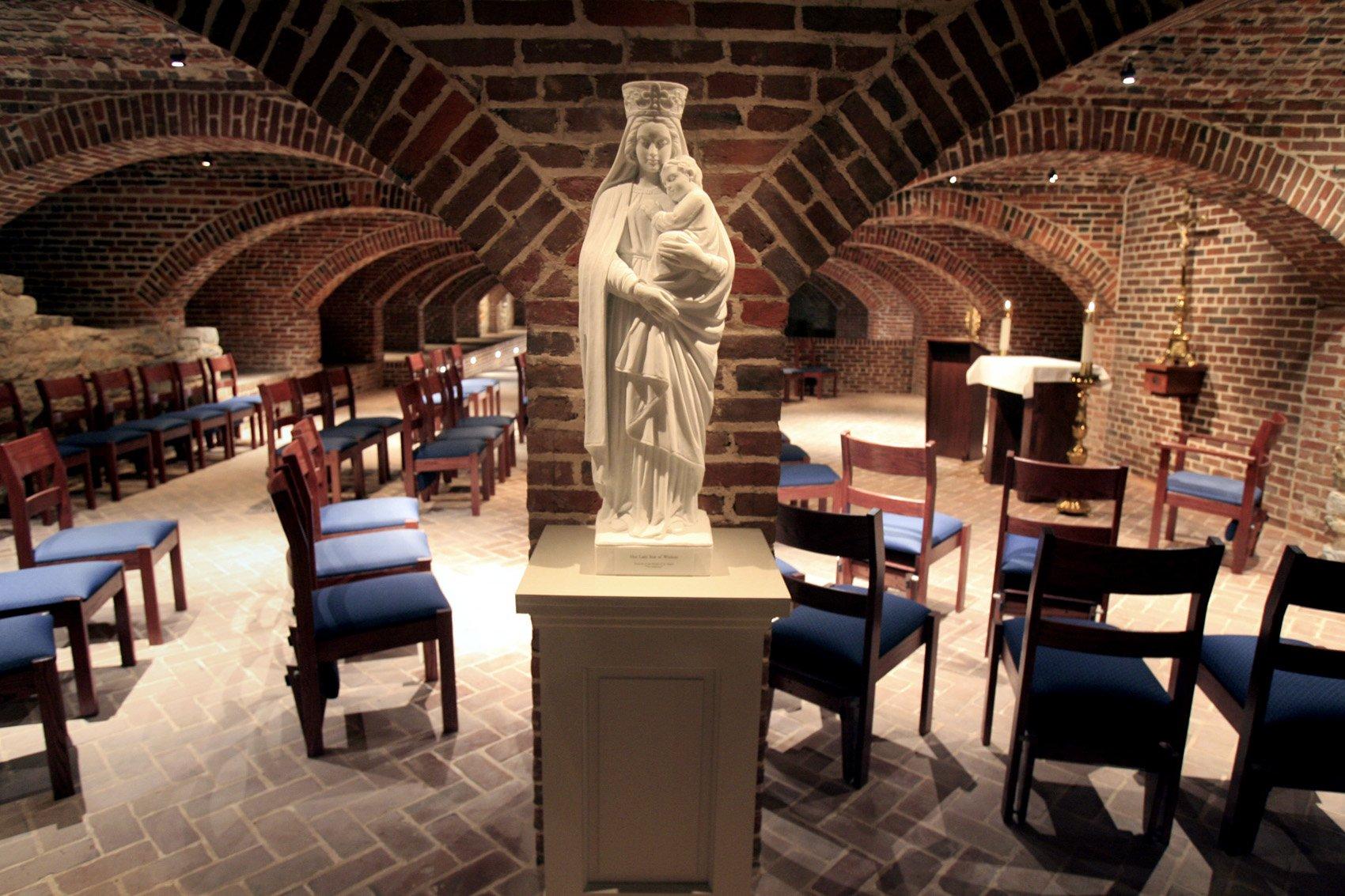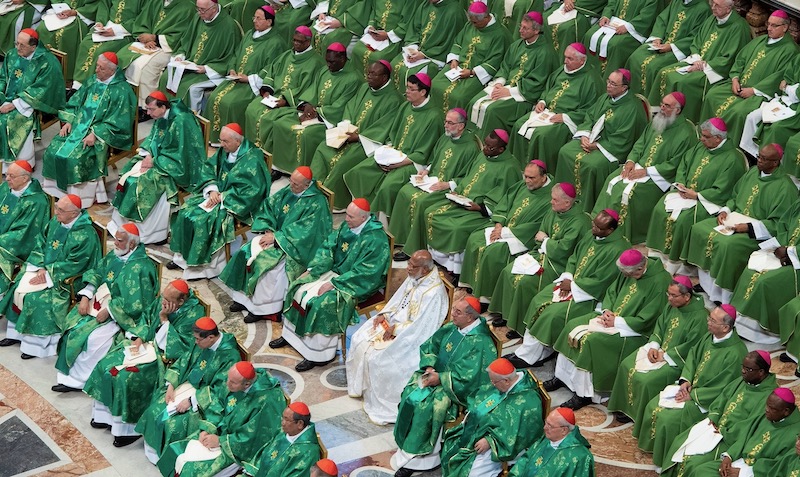“Synodality isn’t something new.”
This is Professor Rafael Luciani’s recurring theme when he speaks to me from Venezuela about his new online course on the subject with Boston College. He wants to remind people of an old custom, not introduce an innovation.
“Many people have fears that we are changing things, but this is how the Church was in the first millennium.”
It is also how the Church is in much of the world – Latin America, Asia, Africa – where the hierarchy has quite a different structure to the essentially Counter-Reformation model which still exists in Europe and America.
“Common discernment and decision-making in a Synodal Church” is a free three-week online course of lectures run by the School of Theology and Ministry at Boston College, which “aims to provide some elements that encourage us to commit ourselves to the construction of an institutional model for the Church of the third millennium”. Lectures will cover the history, theology, and practice of synodal models in the Church, and reflect on the changes to leadership and governance which may result in future years, decades and centuries.
Professor Luciani says: “Here in Venezuela we have a tradition of episcopal conferences working together, across countries and with religious congregations. In many parts of Africa the Church is shaped by the communal practices of its congregations, and we can learn from those. Synodality is a communitarian exercise.” In Asia, he says, the Church is characterised by continuous dialogue and interaction with the other religions.
These variations are essential to Prof Luciani’s vision: “The Church is the people of God in a particular place, in a context. The face of the Church, what it looks like, has to do with where is it showing that face.”
Different faces in different places – but all in communion. This is how he defines the Church’s catholicity. The Universal Church is not some abstract concept stored in a filing cabinet in the Roman Curia; it is a real thing expressed in realities on the ground, organised by the “Ecclesiology of the People of God”.
This is a theologian’s term, and it is as a theologian that Prof Luciani has argued that the second chapter of Lumen Gentium, one of the principal documents of the Second Vatican Council, is “the normative criterion that redefines the identity and mission of all ecclesial subjects”.
What does this signify for the vast majority of the christifideles who do not read ecclesiastical constitutions? It means a role in expressing the Church on the ground and in the world, a duty bestowed on all the baptised.
Prof Luciani sees this fruit of the council as a counterpart to the papal doctrines defined at the First Vatican Council. Establishing the collegiality of the people of God complements the authority of the primate, he says, as the Pope’s appeal to the sensus fidelium now demonstrates.
“In the Francis pontificate, we are experiencing a second reception of the Second Vatican Council,” and in the Synod on Synodality we have an opportunity to express this. Prof Luciani is hopeful about the synod responses: “People are saying what they really wanted to say, and the reports coming out from the dioceses don’t seem to be censored. This listening process empowers the word of the people.”
And once you have listened, you have to do something about what you have heard. “The bishops have a duty to take council from the people. I am hopeful – I’m working to understand the relationship between the diocesan reports and the national reports currently being published, to see how the bishops interpret what they have been told.”
This returns to his theme of locality. If the Church is the people of God in a time and a place, it must be local, “and you can’t have a local Church without connecting to a local way of being”. That may include some degree of change with the times: in the 1990s the Venezuelan Church convened a plenary council to re-read all Vatican II documents in a contemporary light. They did not look quite like they had under the filament lamps of the ‘60s and ‘70s.
“There has been a lack of inculturation for the Church. It needs to find a new way of looking like its localities, of belonging to the community through which it exists.” Latin America once again offers the most striking examples, as seen in the Amazonian liturgies developed from the recent synod on the region, but there are lessons in locality elsewhere. Prof Luciani cites the German Church’s tradition of lay leadership in its parishes – something lacking but increasingly necessary in Latin America. He sees the universal synod as an opportunity to bring the fruits cultivated in each province of the Church to the common table.
Germany naturally prompts more fraught questions. The controversy surrounding the German Synodal Pathway seems to suggest that changes to doctrine might be the only way to make the Church look more like the faithful.
Wouldn’t such changes undermine the communion which is the essential counterpoint to Catholic localism? Although he is reluctant to be drawn too far on the subject, Prof Luciani is unperturbed: “I am certainly not frightened by the German synod.”
To have faith in the Church, he suggests, is to have faith in the process of synodality. His course is designed to give small communities, laity and clergy alike, a better sense of how that process works, and to show them how often it has been tried and tested, as far back as the Council of Jerusalem described in Acts.
“If we are living within the tradition of the Church,” he says, “we understand synodality.”
|
Common discernment and decision-making in a Synodal Church from the School of Theology and Ministry at Boston College runs online for three weeks from 4 July. Enrolment is free. Participants may listen to lectures in their own time; the total time commitment is 12 hours. https://formaciononline.bc.edu/es/courses/discernimiento-sinodalidad/
|



 Loading ...
Loading ...
What do you think?
You can post as a subscriber user ...
User comments (0)